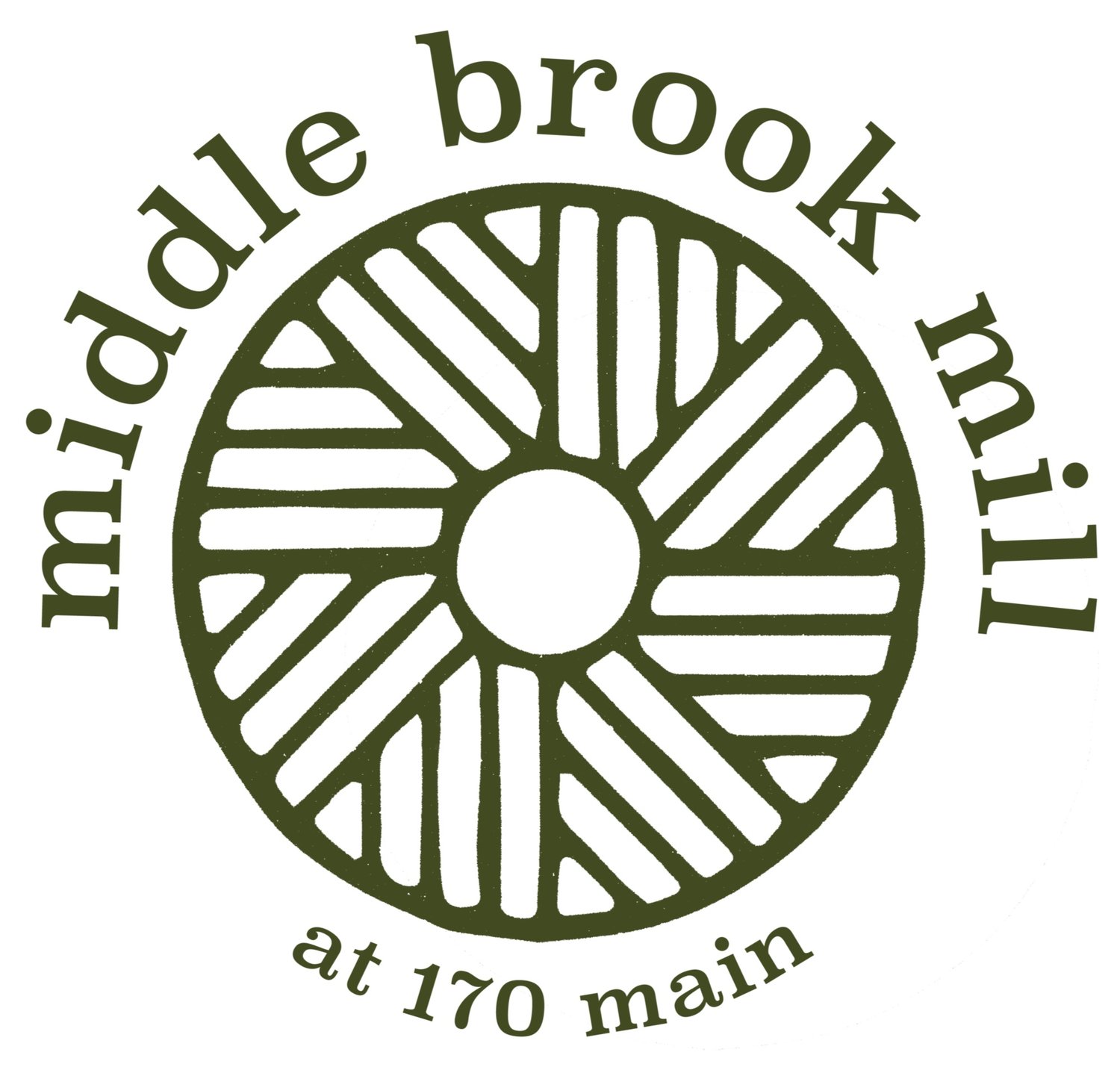understanding the grains
More and more, farmers and scientists are learning just how good heritage grains are for the earth and for all of us living on it. High in antioxidants and protein and packed with vital nutrients, they are often even options for the gluten-sensitive. Plus, they offer fascinating insights into human history, global trade practices, and the growth of the organic movement in the United States. But we also just think they’re tasty and make exceptional breads, crackers, and griddle cakes!
Einkorn
The original ancient ancestor of all other wheats. It is lower in gluten than other wheat but higher in protein, lutein and vitamin E, and known for its pleasant nutty taste. While not high in fiber, it is rich in vitamins, antioxidants, potassium, manganese, selenium, iron, zinc, and phosphorus.
Spelt
Spelt has a mild, nutty flavor and is high in fiber and protein . It also contains soluble fiber, iron, magnesium, phosphorous, zinc and niacin (vitamin B-3) Because it has less gluten, it makes a heavier bread and is easier to digest because its naturally occurring gluten is more fragile and water soluble.
Emmer
Also known as farro, emmer is a highly nutritious source of fiber, protein, essential vitamins and minerals, and antioxidants. It is higher in protein with a lower gluten content than bread wheat. It has a chewy texture and a nutty taste. Emmer flour makes a delicious, heavy, bold flavored bread.
Blue, Red & Purple Corn
No matter the color, corn is rich in vitamins, minerals, phenolic acids, flavonoids, and other phytochemicals. Blue, Red & Purple Corn have particularly high concentrations of anthocyanins, which are believed to have health benefits.

“When we act like a community, then we’ll prosper as a community.”
— Bob Quinn, regenerative organic farmer
